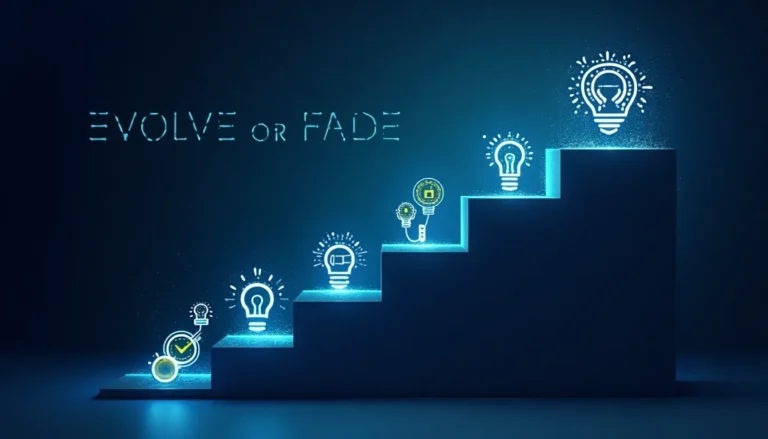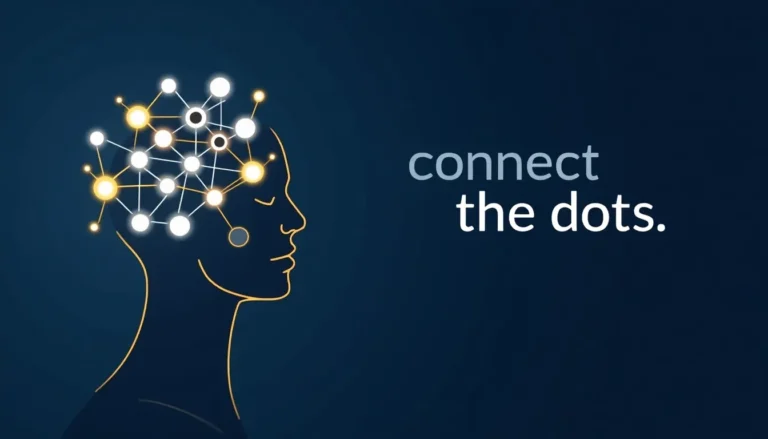The Learning Stack
We’re doing it wrong.
Learning about AI has become a tangled mess of prerequisites, gatekeeping, and artificial barriers.
The conventional wisdom says you need:
– A computer science degree
– Advanced math
– Years of coding experience
– Deep learning expertise
– Cloud infrastructure knowledge
This is the old stack. The legacy stack. The stack that keeps AI in the hands of the few.
But there’s a new learning stack emerging.
It starts with curiosity, not credentials. With questions, not qualifications.
The new AI learning stack looks like this:
Understanding concepts first. Code second.
Experimenting before expertise.
Building before mastering.
This isn’t about lowering standards. It’s about changing the order of operations.
You don’t need to understand neural networks to use AI effectively. Just like you don’t need to understand internal combustion to drive a car.
The gatekeepers will protest. They’ll say it’s dangerous. Irresponsible. That you need the foundation first.
They’re wrong.
The foundation is changing. The ground beneath our feet has shifted.
Today’s AI tools are like modern cars – sophisticated systems designed for everyday users. The interface matters more than the engine.
This new learning stack is:
– Concept-driven
– Experience-first
– Tool-agnostic
– Output-focused
– Community-powered
It’s about learning enough to start. Then starting to learn.
The traditional stack was built for a world where AI was theoretical. Academic. Distant.
That world is gone.
The new stack is built for a world where AI is practical. Present. Powerful.
It’s built for doers, not theorists.
For builders, not gatekeepers.
For the curious, not just the credentialed.
The old stack asked: “What do you know?”
The new stack asks: “What will you create?”
We’re not lowering the bar.
We’re moving it.
From prerequisites to possibilities.
The learning stack isn’t about what you need to know before you start.
It’s about what you can learn along the way.
That’s how democratization begins.
Not with permission, but with possibility.
We’re doing it wrong.
Let’s start doing it right.



